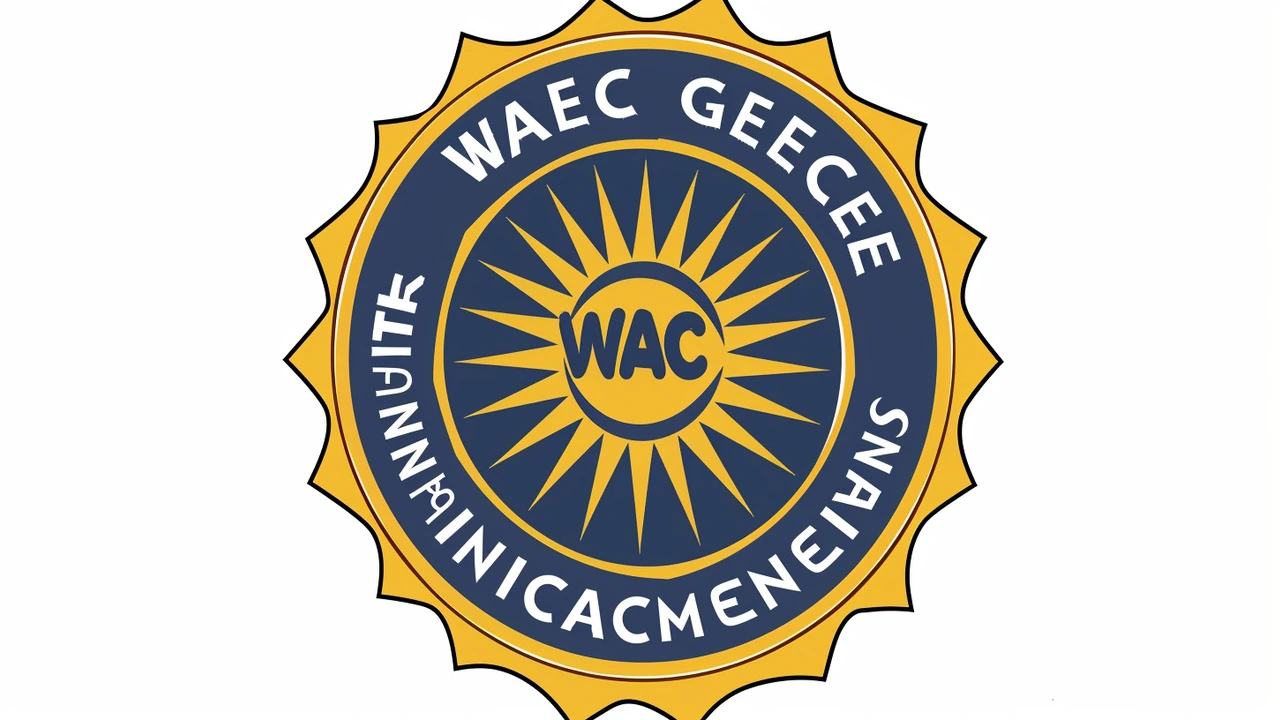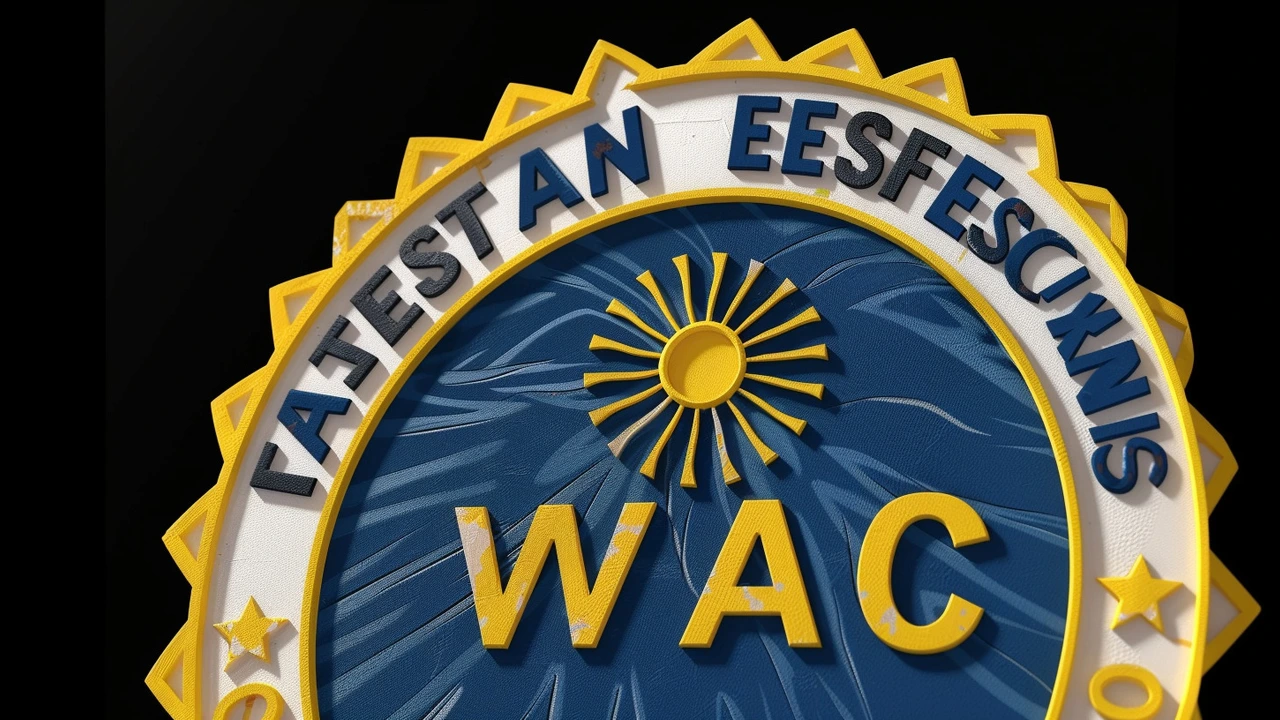Understanding the WAEC Geography Exam Structure
The West African Examinations Council, commonly known as WAEC, conducts examinations that are a milestone for students in West Africa. Among these, the Geography exam stands out due to its complexity and the breadth of knowledge it requires. The exam is divided into three distinct parts: Geography 1 (Essay), Geography 2 (Objective), and Geography 3 (Practicals). Each section demands a unique set of skills and preparation strategies.
Key Components and Preparation Strategies
Geography 1 (Essay)
The essay section is designed to test your understanding of geographical concepts and your ability to articulate them effectively. It's crucial to develop a detailed study plan focused on essay writing skills. Begin by reviewing geography textbooks and focusing on major themes like physical geography, human geography, and map work.
Physical Geography covers topics such as landforms, climates, vegetation, and soil types. Understanding these subjects will help you write detailed essays. Use diagrams and examples to illustrate your points clearly. Practicing past essay questions will improve your familiarity with the format and types of questions asked.
Human Geography involves topics like population studies, urbanization, economic activities, and environmental management. These essays often require data interpretation and critical analysis of trends and issues. Incorporate real-world examples and case studies to enhance your answers.
Map Work is another critical area. Essay questions might ask you to describe a specific region's geographical attributes or analyze map-based data. Regularly practice drawing and interpreting maps, noting key features such as rivers, mountain ranges, and urban settlements.
Geography 2 (Objective)
This multiple-choice section tests a wide range of knowledge through concise questions. Each question needs to be answered quickly and accurately. Here, speed and precision are vital. Regular practice with past questions can significantly aid in honing these skills.
Start by reviewing fundamental concepts repeatedly. Use flashcards for quick revision and take timed practice tests to build efficiency. Identify common question patterns and focus on frequently tested topics such as map interpretation, geographical terminologies, and basic principles of physical and human geography.
Geography 3 (Practicals)
The practicals component assesses your ability to handle geographical tools and data. This includes tasks like distance calculation, gradient determination, and topographical map interpretation. Practical sessions can be demanding, requiring a strong grasp of both theoretical and applied geography.
Invest in good-quality maps and atlases for practice. Participate in classroom practicals actively and seek additional guidance if a particular concept proves challenging. Create practice scenarios at home to simulate exam conditions. The more hands-on experience you gather, the better prepared you’ll be for this section.
Effective Learning Resources
Having the right resources makes a significant difference in preparation. Invest in comprehensive geography textbooks that cover both physical and human geography extensively. NCERT textbooks are a good starting point, providing clear explanations and numerous examples.
Utilize past question papers to get a clear idea of what to expect during the exam. This practice is invaluable, as it helps you understand the examiners' style of questioning and the depth of understanding required. Past questions are often repeated in different formats, so getting familiar with them can give you an edge.
Maps and atlases are fundamental tools for geography students. Regularly practicing with these tools helps you master map-based questions, which are prevalent in all three sections of the exam. Focus on interpreting topographical maps, physical features, and geographical data accurately.

Focus Areas for Study
To excel, you must prioritize specific topics that frequently appear in the exams. Key areas in physical geography include the study of landforms, climate zones, vegetation types, and soil composition. These topics often require in-depth essays and the ability to analyze diagrammatic representations.
In human geography, concentrate on population dynamics, patterns of urbanization, various economic activities, and principles of environmental management. These topics are crucial for both essay and objective questions, and understanding them will enable you to write detailed, analytical essays.
For map work, key skills include distance calculation, gradient determination, and interpretation of topographical maps. These questions test your practical knowledge and ability to apply theoretical concepts. Regular practice with these tasks is essential to perform well.
Effective Time Management
Time management is crucial during the exam. Many students struggle not due to a lack of knowledge, but because they fail to allocate their time effectively. Begin by carefully reading the questions to understand what is being asked. Allocate specific time slots for each section and stick to them.
For example, if the essay section is allocated 60 minutes, spend the first few minutes outlining your thoughts and creating a structured plan for your essay. This helps you stay focused and ensures you cover all necessary points. Save some time for reviewing your answers to correct any mistakes.
Creating a Study Schedule
A well-structured study plan is indispensable for success in the WAEC Geography exam. Start by setting clear, achievable goals for each study session. Break down your syllabus into manageable chunks and allocate time for each section. A balanced study plan includes time for reading, writing essays, practicing objective questions, and hands-on practical experiments.
Consistency is key. Stick to your schedule and study regularly. Engaging in short, frequent study sessions is more effective than long, infrequent ones. Regularly review what you’ve learned to reinforce your knowledge and keep it fresh in your mind.

Final Tips for Success
Beyond academic preparation, maintaining a positive mindset is essential. Anxiety can hinder your performance, so practice relaxation techniques such as deep breathing or meditation. Ensure you get enough sleep before the exam and eat a healthy meal to keep your energy levels up.
Participate in study groups where possible. Discussing topics with peers can provide new insights and aid understanding. Teaching someone else what you’ve learned is also a great way to reinforce your knowledge.
Conclusion
Success in the WAEC Geography exams requires a blend of deep understanding, strategic preparation, and effective time management. Focus on the key areas of physical and human geography, practice with past questions, and develop your map work skills diligently. By following a well-structured study plan and maintaining a positive outlook, you can maximize your chances of performing excellently. Remember, consistent practice and a thorough understanding of geographical concepts are your best tools for success.


Comments
Ify Okocha
The so‑called “ultimate guide” is nothing more than a recycled bullet‑point list that pretends depth while skimming over the real pain points of WAEC Geography. It glosses over map‑work nuances and expects students to magically master gradients without any hands‑on drills. If you actually compare the timing advice with past papers, the plan collapses under a simple time‑pressure test. In short, it’s a lazy compilation masquerading as strategy.
May 31, 2024 at 22:06
William Anderson
One cannot help but cringe at the blatant grammatical oversights peppering this guide-“invest in good‑quality maps” should be “investing,” and “regularly practice with these tools helps” reads like a broken clause. The prose attempts grandeur but lands in pretentious fluff, as if the author believes dramatics compensate for lack of substance. Moreover, the alleged “dramatic” emphasis on time‑management sounds more like a melodramatic monologue than practical advice. Truly, it’s a masterclass in how not to write a study‑plan.
June 2, 2024 at 01:53
Sherri Gassaway
Studying for an exam is less about the accumulation of facts and more about the architecture of thought that holds those facts together.
In the context of WAEC Geography, the three pillars-essay, objective, and practical-represent not only different assessment formats but also distinct epistemological approaches to understanding the world.
The essay invites a narrative synthesis, demanding that the student weave physical and human geography into a coherent story that reflects both spatial awareness and causal reasoning.
The objective section, by contrast, tests the ability to retrieve and apply discrete units of knowledge at speed, a skill that mirrors the rapid decision‑making required in fieldwork.
Practicals demand tactile engagement with tools, reminding us that geography is not just theoretical but also a craft grounded in measurement and observation.
A successful candidate must therefore oscillate between the abstract and the concrete, a mental elasticity that few curricula explicitly cultivate.
The guide’s emphasis on repeated past‑paper practice is sound, yet it risks fostering a rote mentality if not paired with reflective deconstruction of each answer.
Reflection, in this sense, is the quiet companion of repetition, prompting the learner to ask why a particular map symbol mattered in a given question.
When the learner interrogates the underlying principles-such as why a gradient indicates elevation change-they begin to internalize patterns rather than merely memorize them.
Time management, often dismissed as a logistic hurdle, is actually a philosophical negotiation with one’s own cognitive limits.
Allocating minutes to outline an essay, for instance, is not a bureaucratic step but a strategic pause that structures thought before it spills onto the page.
Moreover, the psychological comfort of a well‑timed schedule reduces anxiety, allowing the mind to operate under less duress.
In practical sessions, the tactile feedback from drawing distances or calculating gradients fosters a kinesthetic memory that textbooks cannot provide.
Therefore, supplementing the guide’s suggestions with hands‑on map drills, even using inexpensive sheet‑rock paper, can bridge the gap between theory and practice.
Ultimately, the exam becomes a mirror reflecting how well the student has integrated knowledge, skill, and attitude.
If that mirror shows clarity, the student will not only pass the WAEC Geography exam but also carry forward a disciplined way of seeing the world.
June 3, 2024 at 05:40
Milo Cado
I appreciate the attention to detail and agree that clarity matters; a well‑structured plan combined with a positive mindset can truly boost confidence 😊. Let’s keep the focus on actionable steps while maintaining a supportive tone.
June 4, 2024 at 09:26
MONA RAMIDI
Honestly, knocking this guide as “lazy” is an overstatement; the real drama lies in students scrambling at the last minute because they never internalized the map‑work drills. The guide simply outlines what any diligent learner should already be practicing.
June 5, 2024 at 13:13
grace riehman
this guide is actually super helpful, especially for us newbies who cant figure out map stuff on our own. keep sharing tips and we all grow together!
June 6, 2024 at 17:00
Vinay Upadhyay
Sure, sprinkle a smiley and call it a day while ignoring the glaring lack of depth in the original outline. The guide suggests “regular practice,” yet offers no concrete schedule-hardly the rigorous approach one would expect from a serious academic resource.
June 7, 2024 at 20:46
Eve Alice Malik
Did anyone actually try the distance‑calculation drill on a real topographic map yet?
June 9, 2024 at 00:33
Debbie Billingsley
While the critique is noted, let’s remember that the WAEC framework was designed to reflect the geographical realities of our region, and any guide that undermines its rigor does a disservice to our national educational standards.
June 10, 2024 at 04:20